10 Of The Most Fascinating Things In The Night Sky
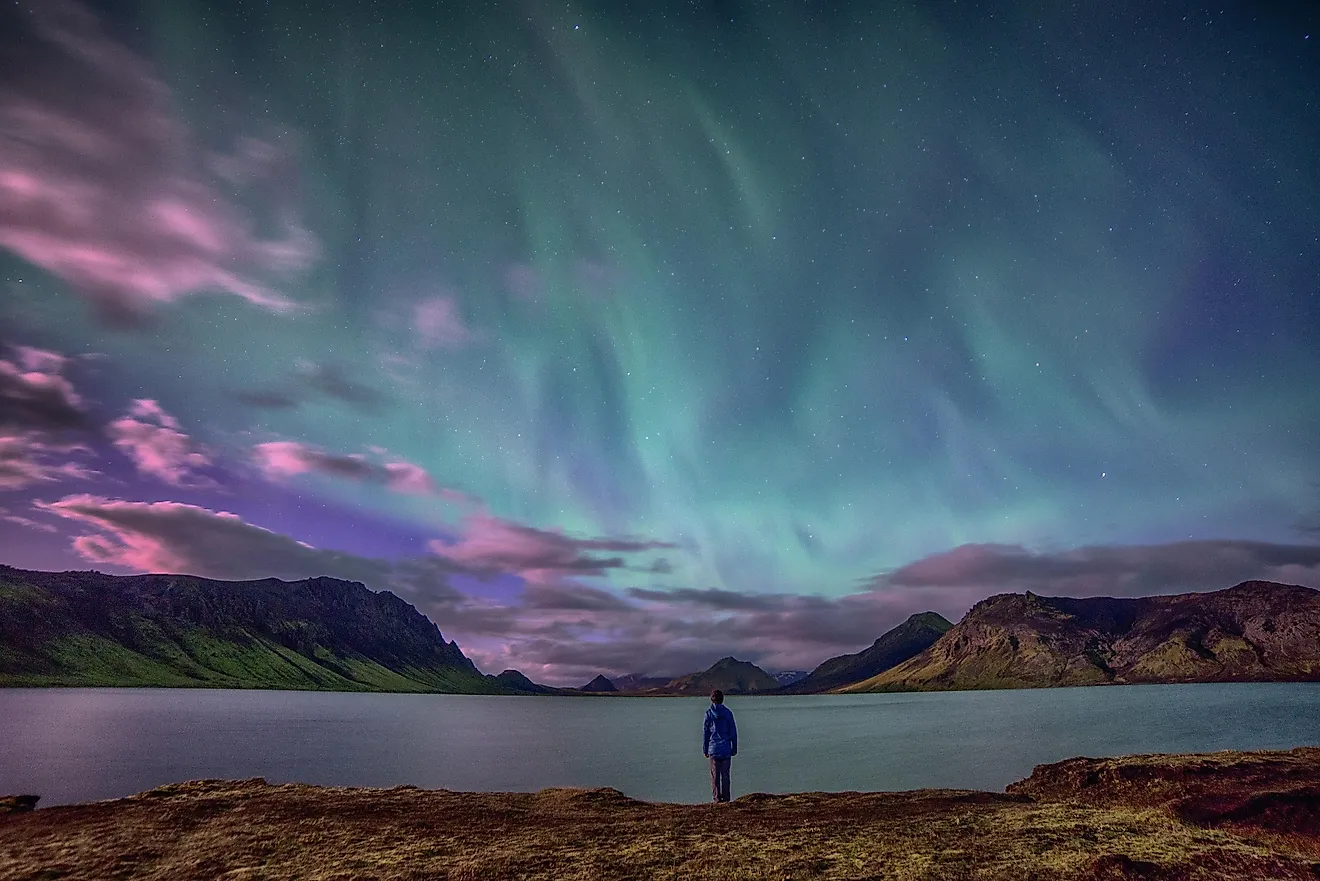
- There are over 150 million asteroids in the solar system that are constantly drifting in space.
- The Andromeda galaxy is the furthest in the night sky that is visible to the naked eye.
- Over 2,200 human-made satellites are orbiting the earth.
When darkness falls, the sky starts revealing what the powerful glare of the sun was hiding. Millions of bright stars huddled together in clusters, streaks of light made by comets and other heavenly bodies hurtling from one end to the other, and many other celestial bodies yet to be identified. Night skies have been a human fascination from the moment they appeared on the planet. It has inspired literature and art and continues to do so even today. Ancient religions have based their beliefs on heavenly objects like the moon and the stars believing they are the abodes of the gods. Here are ten of the fascinating objects that can be seen in the night sky.
A Full Sturgeon Moon
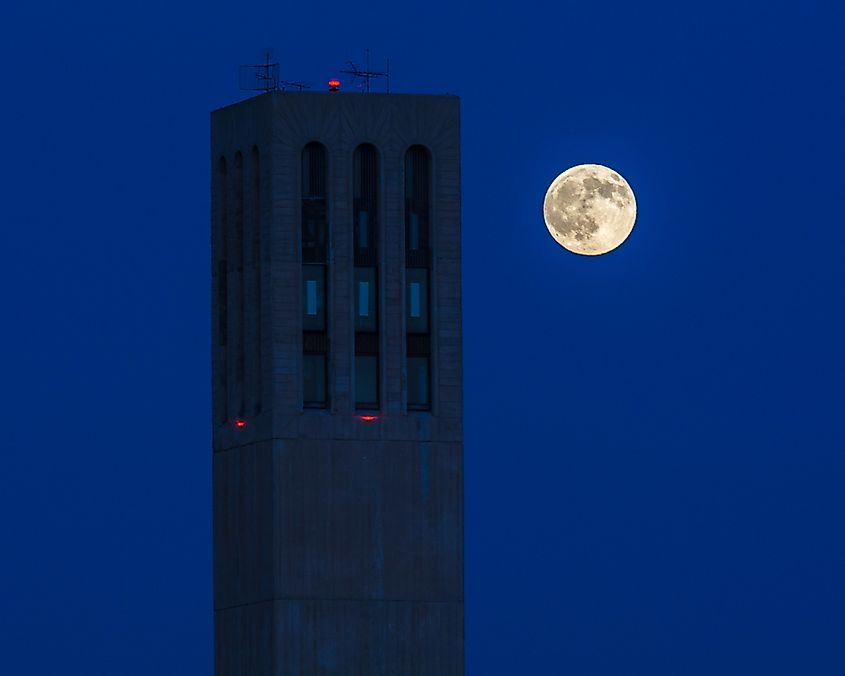
A sturgeon moon refers to the appearance of the moon in its entirety in August when the sturgeon fish are caught in abundance. The legend originated from Native Americans who referred to it as the red moon owing to the reddish appearance it sometimes had. The breathtaking appearance of the moon at its biggest size is a sight to behold at night, and many people spend their night outdoors, viewing it through their telescopes and taking pictures using high-end zoom cameras.
Meteor Showers
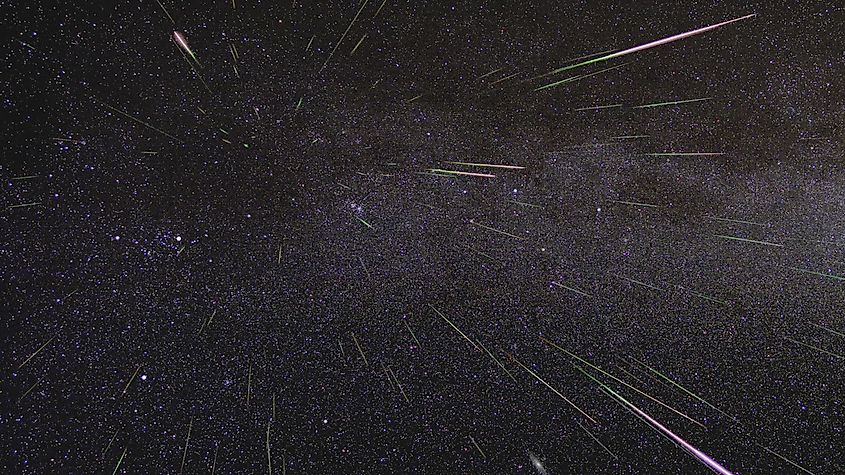
The space is full of debris and asteroids make up the most. It is estimated that there are more than 150 million asteroids in the solar system. Once in a while, some get close enough to be pulled into the earth’s atmosphere by gravity. As they fall, they burn brightly, giving the impression of a falling star. Such sights are magnificent to behold, and many cultures around the world believe they are harbingers of good luck. Earth receives a minimum of 30 meteor showers in a year, and these only accounts for the visible ones. Most meteors and asteroids burn up in the atmosphere even before they go far.
Constellations
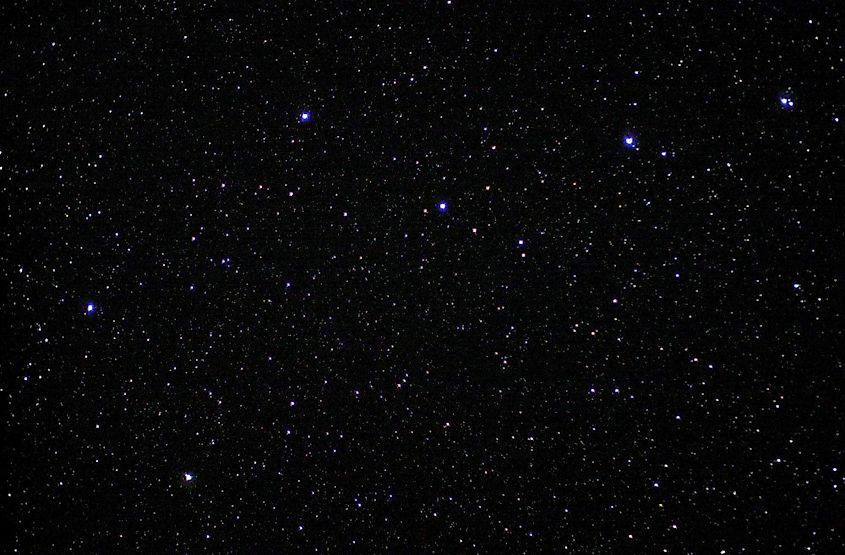
Stars have been at the center of mythology and astronomy for as long as man has existed on earth. The desire to attribute everything to a higher power led to human’s gaze to the nearest thing they could see, constellations. There are about 88 constellations that have officially been recognized by astronomers, and they cover the entire sky. The 12 significant constellations have been used for ages to predict people’s fortunes. They are now referred to as the 12 horoscope signs. The most visible constellations are the Great Bear in the northern hemisphere. The Orion hunter and Taurus. Others worth mentioning are Aquila, Aries, Canis Major, Leo, Pisces, Ursa Major, Cassiopeia, the Northern Cross, Gemini, and Scorpius.
Planets
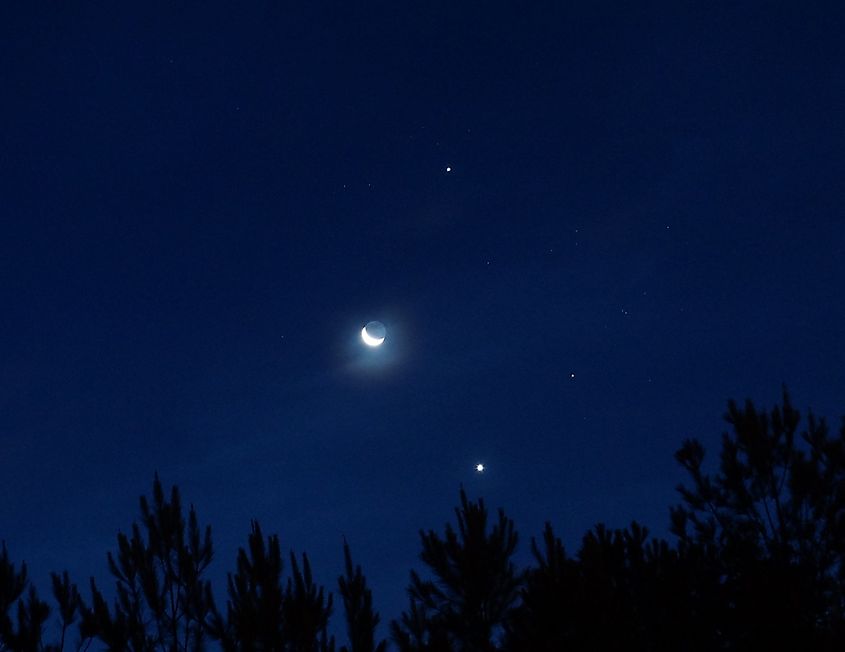
Other planets are rarely visible to the naked eye from earth. The nearest planet to Earth, Mercury, is 48 million miles away. However, there are certain times of the year when some of the closest planets to earth can be viewed. Both Mercury and Venus can be visible in the eastern sky just before dawn. Being the two planets closest to the sun is the reason why the two are the easiest to spot is because of their brightness, which could be due to their proximity to the sun. It is easy to confuse the two with natural stars. Jupiter and Saturn are also visible for brief moments at some points in the year.
The Milky Way
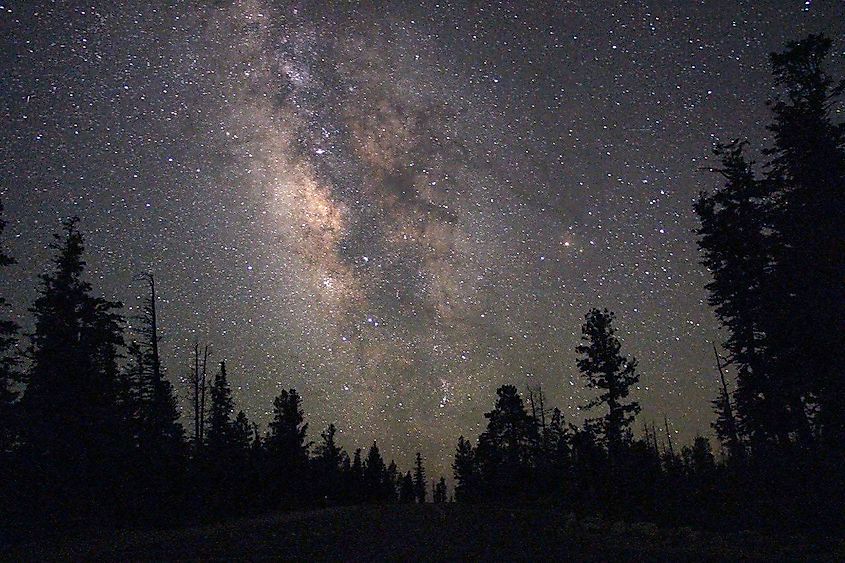
The Milky Way is one of the many galaxies in the universe, and the one planet earth together with the whole solar system is part of. It is made up of millions of stars, and on some occasions when the night sky is free of clouds, it can be seen from earth. The milky way is shaped like a spiral, but when viewed from earth, it looks like a straight band of stars. This is because the earth, being part of it, is located on one side of the galaxy. The Milky Way is most visible during the summer months.
Nebulae
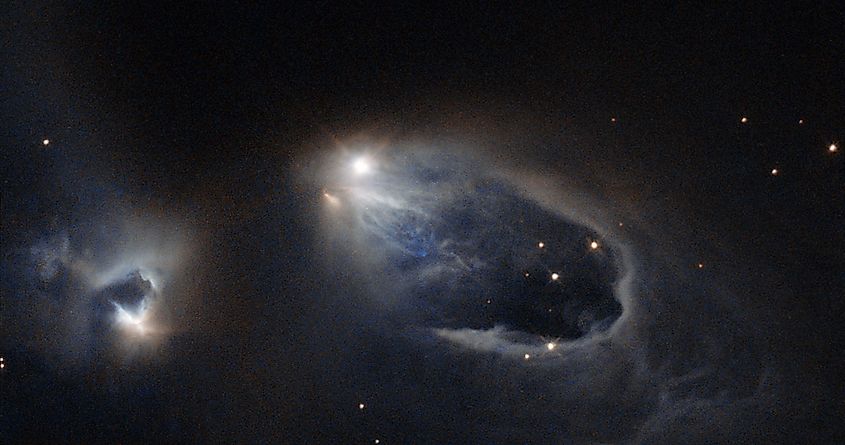
The nebulae refer to interstellar clouds of dust and gases such as helium, hydrogen, and other ionized gases that are so vast and visible to the naked eye all from our planet earth. What makes the nebulae visible are the gases that react to generate heat and light emitted by stars. The reaction causes a fluorescent effect that appears to be a glowing pattern of various bright lights. There are about 3,000 nebulae in the milky way galaxy alone and countless more in other galaxies. The closest nebula to earth is the Helix Nebula.
Spacecrafts And Satelites
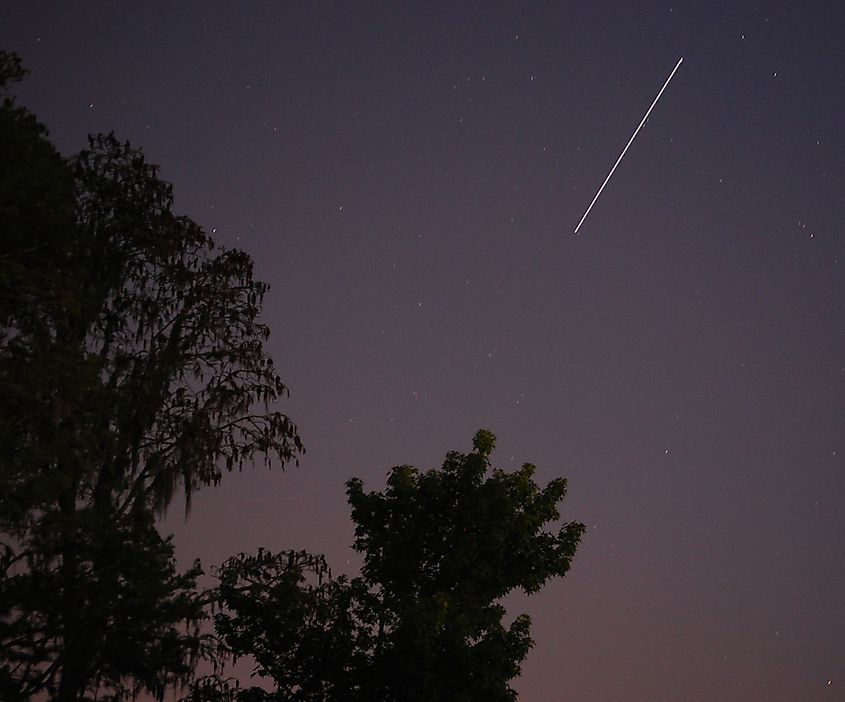
The exact number of spacecraft in space is not publicly known, but it is estimated that there are over 2,200 satellites that orbit the earth. These human-made objects have become part of the space, and some can be spotted from the earth as they slowly orbit the planet. Various countries have set up space stations in their effort to crack the mysteries of space.
Globular Clusters
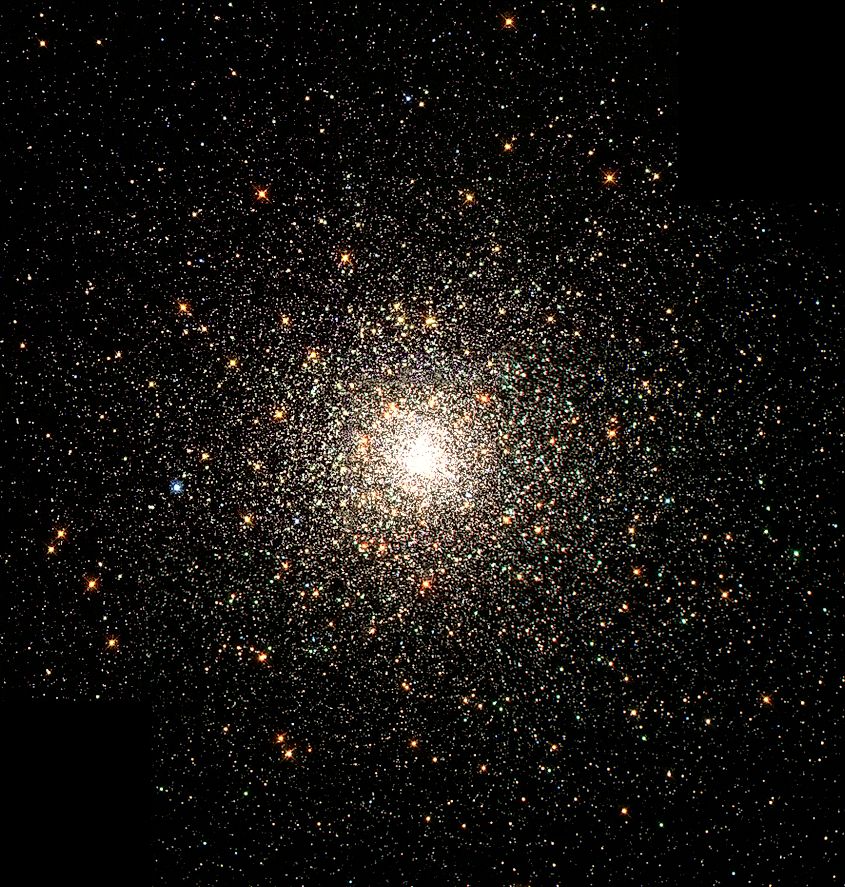
Globular clusters refer to a conglomeration of thousands of stars that are packed together to give the appearance of a large fuzzy star when viewed with the naked eye. However, on a closer look using a powerful telescope, a globular cluster is an array of glittering stars tightly bound together by gravity, which is responsible for their spherical appearance. The closest and the brightest globular cluster is called the M22 and can be seen nestled in the same area as the Sagittarius constellation. The M22 is located 10,000 light-years away from the earth.
Andromeda Galaxy
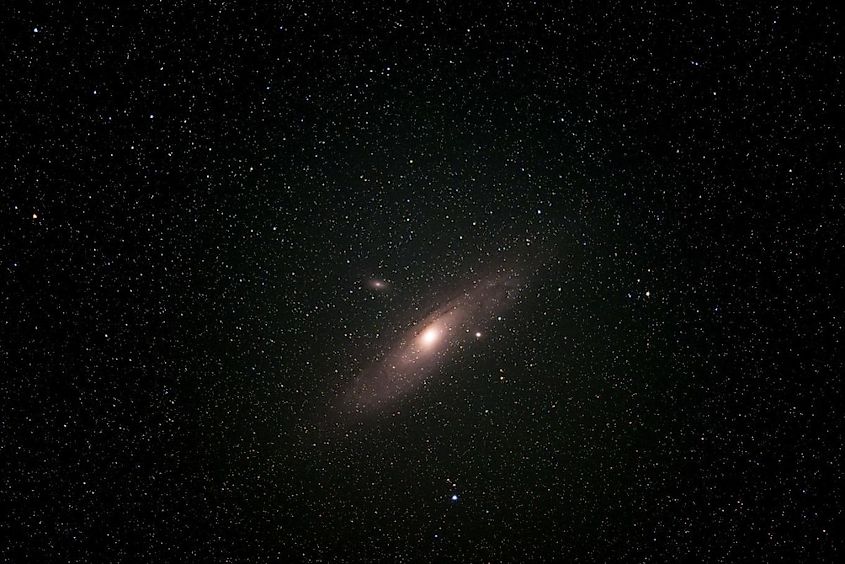
The Andromeda galaxy is the furthest thing in space that can be viewed by the naked eye. Andromeda is also the closest galaxy to our Milky Way galaxy. It is estimated to be located 2.5 million light-years away from the earth. The Andromeda galaxy has over a trillion stars, which is five times more stars compared to the Milky Way galaxy. The brightness of the Andromeda is what makes it visible from the earth with the naked eye.
Northern Lights
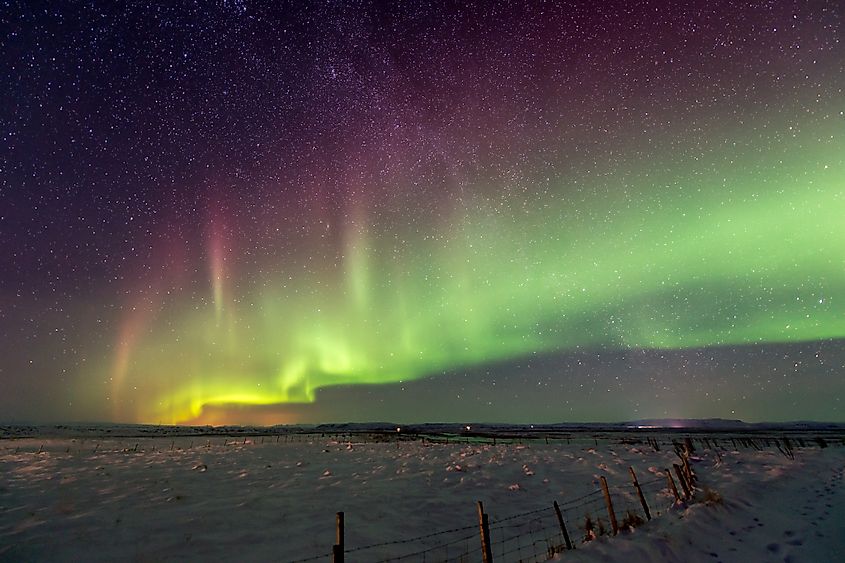
Better known as Aurora Borealis, the Northern Lights are a natural phenomenon caused by disruptions in the magnetic forces present in the atmosphere caused by solar winds. The Aurora Borealis is, without doubt, the most entrancing and magical sights of the night sky confined to specific areas of the planet. The colors associated with northern lights include green, pink, violet, blue, and orange. Alaska, Canada, and the Scandinavian regions are some of the best locations for viewing the northern lights.
The Night Sky Is Vanishing
It is getting harder and harder to fully view the night sky in its natural state thanks to interference with artificial lights that urban centers emit. Light pollution has become a problem for astronomers forcing them to set up stations in places as far away from human settlements as possible. The Milky Way is massive enough to be seen by almost everyone on earth. However, light pollution has blocked that from a third of humanity. Cities have become so big that their lighting creates skyglow that is too strong for natural light in the sky, obscuring visibility. Highly developed continents like Europe barely have any space left that is free from light pollution. The only places that still possess large areas where the sky can be viewed without any interference are Africa and Australia. These pockets of light free spaces where people can view the sky in its natural state are called dark-sky refuges.











